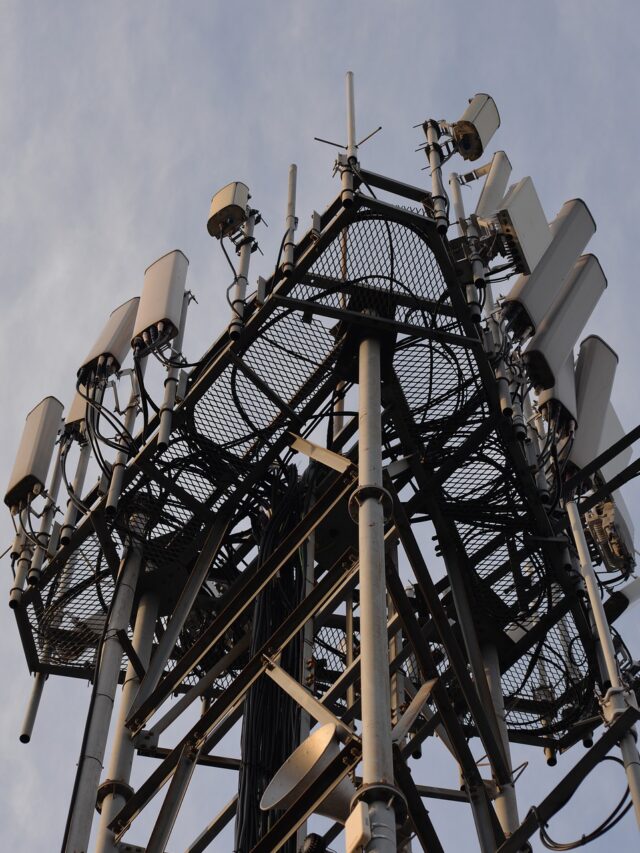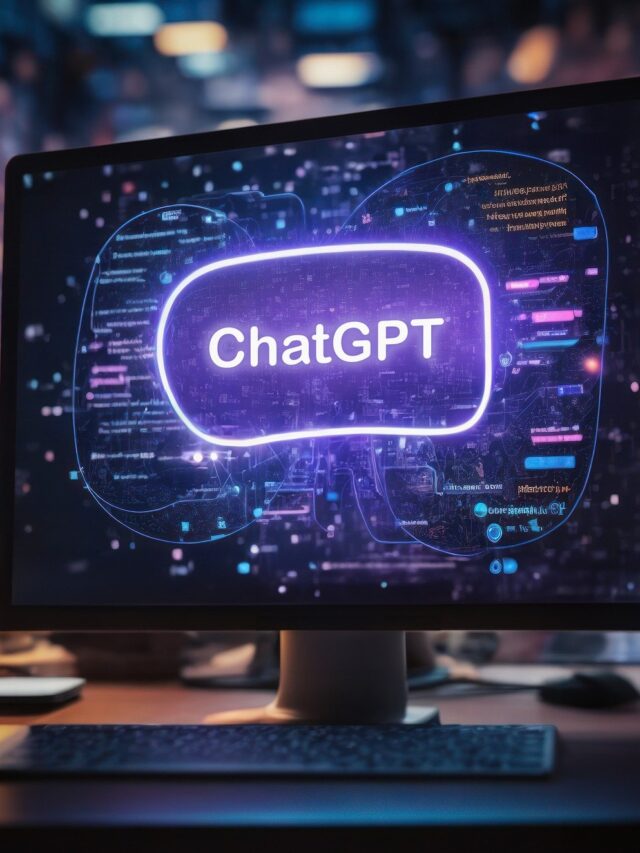Traditional phone calls are easy to trace since they’re done through established carriers. Phone companies manage the physical phone lines and can trace the origin of each call.
When you want to trace a VoIP call, it can get a lot more difficult. VoIP stands for Voice over Internet Protocol, and refers to the technology that lets people make phone calls over the internet instead of using a landline connected to the Public Switched Telephone Network.
Fixed VoIP numbers are tied to a specific address, and they are no trouble to trace at all. The issue is that most unwanted calls come from non-fixed VoIP numbers, which are only tied to a user, which could be a burner email address set up with a fake identity.
There are limits to what you can find out on your own if a caller takes steps to conceal their identity. But that doesn’t mean you’re powerless to take action. In this guide, we’ll show you how you can trace a VoIP call on your own and, if necessary, escalate your issue to law enforcement.
The best way to trace a VoIP call
If the caller has a registered IP address and caller ID, your service provider may be able to help you with tracing the VoIP call. This is your best bet for figuring out the caller’s identity.
To start, make sure you have all the information your provider will need ready when you contact them. Here’s some of the information they may ask you for:
- Date and time of the call. If there were multiple calls from the same number, print or screenshot your phone log so you have the details at your fingertips when you’re talking to your service provider.
- Caller’s phone number or username (if available).
- Any other call detail records logged in your system.
- The call’s content or purpose.
Once you’ve provided this information, your service provider can take several steps to trace the VoIP call:
- Review their call logs and records to try to identify the source of the call, including the associated caller ID and IP address.
- Detect where the call came from by analyzing network data and routing information, the service provider may be able to find the caller’s location.
- Help with legal requests, if it comes to that. They will collaborate with law enforcement to provide information needed for an investigation.
On top of that, service providers will know how the call was routed through their network, so you can understand the path they took before reaching you.
That said, even your service provider may not be able to trace a call, especially if the caller is using a VPN, if the IP address is used by several numbers, or if the number wasn’t registered in the first place.
And on top of that, they may not be willing to give you the information you’re requesting. Privacy laws may prevent the service provider from handing over the details regarding the call. They’re far more likely to cooperate with law enforcement if it’s a serious issue.
Should you contact authorities to trace a VoIP call?
If you suspect the caller has malicious intent — potentially illegal or threatening — don’t try to play detective.
Anytime calls are linked to harassment, scams, threats, or illegal activity, you should get law enforcement involved. Authorities have access to more advanced tools and legal processes set up to get the information you need.
Put simply, the police can do several things that most people can’t:
- Get caller info with legal requests: Police can ask service providers for caller details and call records.
- Use warrants for monitoring: They can also get permission to listen to calls and track them in real-time with search warrants.
- Look into calls across different places: Officials can check calls that go between states or countries.
The average person is going to hit a wall when they try to get help from upstream providers. Law enforcement will have much better luck getting the data you need, and they are much better equipped to analyze it.
The next time you get calls involving unsolicited telemarketing spam or someone impersonating another company, it’s best to report them to the Federal Communications Commission (FCC).
The FCC is a government agency responsible for managing communications and providing consumer protection.
For example, if you’re on the National Do Not Call list, you should not be receiving sales or spam calls. If you still are, you can report this to the FCC so they can take action against scammers and protect consumers from deceptive practices.
How to trace a VoIP call yourself
If you have the time and desire to trace a VoIP call on your own, there are some steps you can take. Of course, doing it yourself requires some background knowledge. The more techy you’re willing to get, the more you can find out. However, a VoIP provider is still going to be able to find out a lot more.
First I’ll cover some of the lingo you need to know, and then I’ll go through a few different methods you can use.
Every VoIP call contains specific details which can give you insight into who the caller’s identity, such as:
- Caller ID: Caller ID helps trace a VoIP call by providing the caller’s number or username. However, some callers may hide or spoof their Caller ID, making it less reliable.
- Caller IP (Internet Protocol): This unique number is assigned to a device connected to the Internet. It helps trace the geographic location of the caller.
- CNAM (Caller Name): The CNAM is associated with a phone number in the caller records and can help you figure out their name or organization.
- Additional data: Beyond these core elements, VoIP calls may contain additional traceable data, such as call duration, call quality, background noises, and any network-related information that can give you clues.
You can try to trace calls yourself first, but always contact your service provider if the following methods don’t work. And remember, if illegal activities are involved, you should always go straight to the authorities.
1. Use a reverse phone lookup
Reverse phone lookup services let you enter the caller’s phone number or username to retrieve information about the caller. They use databases that contain user details associated with phone numbers.
You may be able to access the caller’s name, address, and sometimes additional details.
Some reverse phone lookup services are available for free, while others may require a small fee for the caller’s complete profile.
If you’re lucky, you may be able to get information through this method. However, it may not always work, as not all VoIP numbers are tied to an individual caller, and the number you see on your caller ID may not be the actual number that the caller is calling from.
2. Set up caller ID on your VoIP device
Setting up a Caller ID on your VoIP device doesn’t inherently trace VoIP calls in the sense of tracking their origin, but it can provide valuable information for call identification.
When someone calls your VoIP device, their caller information is transmitted along with the call. Your VoIP device, configured with Caller ID settings, displays this information on your screen when the call is received.
All you have to do is navigate to the account settings within your VoIP device, usually found in the main menu.
Look for the option to enable incoming VoIP call number and name display. When this feature is activated, if the caller’s name is already saved in your phonebook, it will be displayed automatically.
In cases where the caller’s name isn’t in your contacts, the service will check online databases to match the number with the owner’s name and display it on your screen when you receive a call. Some services even let you create answering rules so calls without a registered caller ID can’t reach your phone.
3. Check online directories
As mentioned, all fixed VoIP numbers are tied to a physical address.
That means you may be able to look up callers in what’s essentially the online version of the phonebook
There are publically available directories showing the name and address associated with a phone number.
Keep in mind that the success of this method depends on the availability of information.
Some online directories offer free basic search features where you can input a fixed VoIP number to retrieve limited information, such as the caller’s name or location. If you need more information, they may provide the option to buy a more detailed report for a one-time fee or through a subscription plan.
What else can you do to trace a VoIP call?
If you have a friend or colleague in IT, they might be able to help you find out a little bit more information about the caller by using network monitoring tools to analyze relevant VoIP traffic.
To be honest, even phoning a friend in this situation is a longshot, even if they are an IT wizard. At the end of the day, if someone wants to mask their identity and make calls using VoIP, it’s not that hard.
Getting in touch with law enforcement is really the best option, and even they are going to encounter some roadblocks with privacy laws, accessing upstream provider data, and successfully tracing the call.







